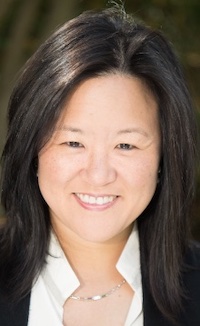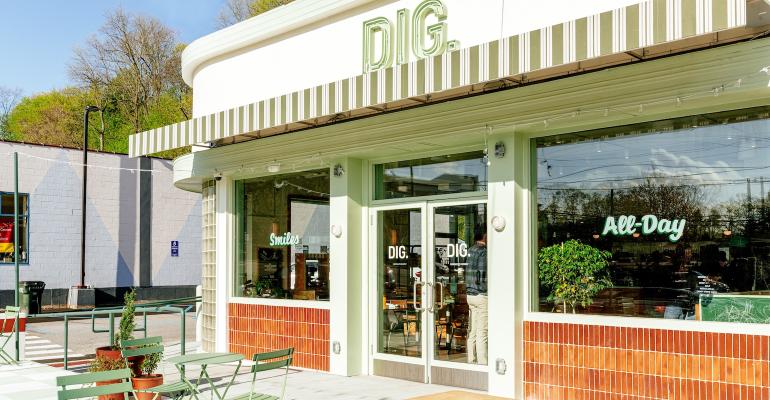Tracy Kim, CEO of the New York City-based fast casual Dig, has helped broaden the restaurant beyond its urban lunch focus to more residential suburban areas and to the dinner daypart.
The concept promoted Kim in April from chief operating officer, a role she assumed in 2022. As CEO, she succeeds Adam Eskin, who founded the brand as Dig Inn in 2011.
Kim will share her insights and answer audience questions during an “Ask the Experts” session at CREATE: The Experience in Palm Springs, Calif., on Tuesday, Oct. 3.
She will discuss how to make operations more efficient, how to reach new demographics and how to strategize growth. The 32-unit Dig has added three locations this year and plans two more: one in suburban Bethesda, Md., and a more urban version in Brooklyn.
 “We were a very urban-dense concept,” Kim said. “We now have much more diversification in terms of the non-urban location.”
“We were a very urban-dense concept,” Kim said. “We now have much more diversification in terms of the non-urban location.”
The newer Dig locations in Stamford, Conn., and Bridgewater, N.J., for example, rely on residential customers. The company has also opened a more urban location in the Georgetown area of Washington, D.C., Kim said.
“It's been very exciting to see how the concept translates over into a different demographic and psychographic,” she said, adding that Stamford and the newer restaurants are more “experiential” than earlier Dig units, with a “point-and-plate” model.
“If you dine in, you sit down and we bring your food to you on actual ceramic plates with glassware,” Kim said. “We have a beer and wine program. We have a focaccia [bread] program. It's much more experiential. We have people who bus your table for you.”
Dig’s diversifications of demographics and daypart were necessitated by pandemic restrictions and changes in the workforce, she noted. Dig had been reliant on office workers in dense urban areas.
“We were dealing with just half the traffic in New York City, half the traffic in the city of Boston, 40% of the traffic in the city of Philadelphia,” Kim recalled. “For us, to really be sustainable as a business, we had to sort of be exactly where the mouths are.”
With a background in consumer retail goods, Kim said, she was able to help Dig stabilize sales with new offerings for expanded dayparts.
Kim said she was first introduced to Dig by co-workers at Shutterstock, the stock photo company, who begged her to have the brand cater their lunches.
“I've been a convert ever since,” she said. “That is like a perfect example of the kind of marketing we need.” Building awareness of the brand and its expanded dayparts remain an opportunity, she noted.
Contact Ron Ruggless at [email protected]
Follow him on X: @RonRuggless
Learn more from Tracy Kim at CREATE: The Experience, where she will speak with NRN senior editor Ron Ruggless about leading with an operations mentality, Oct. 1-3 in Palm Springs.





